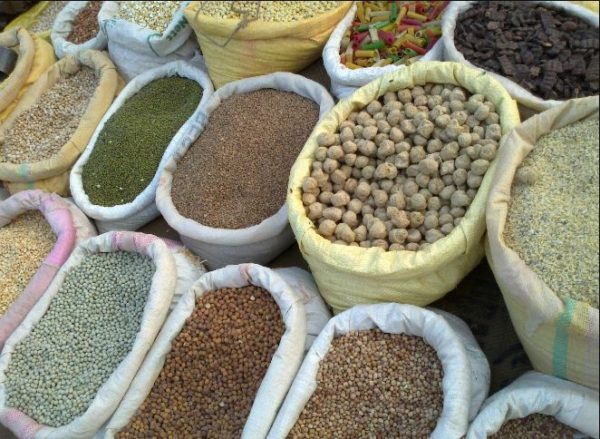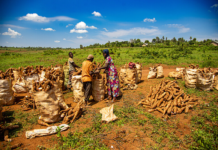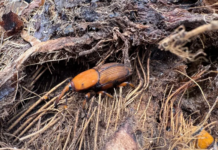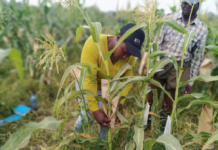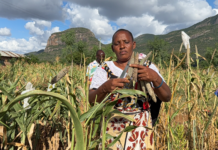The Kenya Agricultural and Livestock Research Organization (KALRO), in partnership with the International Maize and Wheat Improvement Center (CIMMYT), has launched the Modular Impact Accelerator (MiA) — a homegrown innovation designed to strengthen seed and grain value chains across Africa.
The launch of MiA underscores a strategic shift: for innovations in crop breeding and agronomy to matter, they must be embedded in resilient, locally owned delivery systems. MiA aims to bridge that “last mile” gap by tackling key bottlenecks in seed and grain markets, advisory services, rural logistics, and market access — all within a scalable, flexible architecture.
Why a New Model Was Needed
Although Africa’s seed market was valued at approximately $1.9 billion in 2019 and projected to grow to $3 billion by 2025, most of that growth remains concentrated in maize, which accounts for nearly 42 % of the formal seed sector.
Meanwhile, important dryland staples — millet, sorghum, groundnut — are dramatically underrepresented in formal seed markets, despite their collective production of about 67 million metric tons annually.
CIMMYT and partners observed that smallholder farmers often fail to adopt improved varieties, not because they lack access to germplasm or research insight, but because they encounter fragmented systems: disconnected extension or advisory services, weak logistical networks, and limited capacity among seed enterprises and cooperatives.
The MiA initiative responds to these systemic failures by offering a holistic, modular model that can be adapted to local contexts and grow in phases.
How the Modular Impact Accelerator Works
At its core, MiA operates under a decentralized “node and orchestrator” design. A trusted local actor, referred to as an Orchestrator, convenes farmers, agribusiness SMEs, service providers, and development partners to knit together integrated local networks. Through this network, knowledge, inputs, and market linkages flow more seamlessly.
MiA is structured around five interlocking modules, which can be deployed flexibly depending on local needs:
- Agronomics & Seed-Use Literacy – Strengthening farmer awareness, replacing outdated varieties, and providing behavior change support.
- SME Growth for Decentralized Seed Production – Supporting rural seed businesses with planning tools and market intelligence.
- Logistics as a Service – Addressing last-mile seed delivery and grain offtake challenges.
- Consumer Engagement & Strategic Market Growth – Repositioning dryland crops as aspirational and nutritious to build demand.
- Efficient Market Access for Farmers – Strengthening farmer access to value chains and external grain markets.
Nodes across regions can decide which modules to prioritize. For example, in areas with seed supply gaps, emphasis may fall on modules 1 and 2; in regions with low demand, modules 4 and 5 may be elevated.
To help de-risk interventions and support continuous adaptation, CIMMYT and KALRO are deploying digital twins, virtual models driven by real-time node data (e.g., seed use, disease incidence, weather, prices) — enabling rapid iteration and responsive adjustments to interventions.
Voices from the Field: Anchoring Innovation in Community Realities
MiA’s philosophy is rooted in co-design: innovations are not imposed but emerge from farmers’ lived priorities. Across Kenya, farmers in Makindu (Makueni County) have voiced frustration with projects that fade after donor cycles, calling for systems that persist beyond singular interventions.
In Baringo (Marigat), local groundnut producers point to inherent soil advantages and demand better organizing support. Meanwhile in Busia, cross-border seed flows and grain mixing complicate efforts to maintain varietal purity.
These insights reinforce the importance of anchoring MiA nodes in local agency and aligning interventions with community constraints and opportunities.
Prospects, Challenges, and Next Steps
With MiA, CIMMYT and KALRO hope to translate breeding breakthroughs into tangible, resilient rural economies. The model offers a promising path for transforming seed-grain systems from fragmented networks into engines of inclusive agribusiness growth.
However, scaling such a model will demand sustained institutional backing, careful orchestration across stakeholders, and robust monitoring to ensure modules remain financially and socially viable. Success will depend on striking the right balance between standardization and local adaptation.
If MiA proves effective at scale, it could become a blueprint for systems transformation across Africa’s dryland zones — aligning innovation, enterprise, and community in pursuit of inclusive agricultural prosperity.


